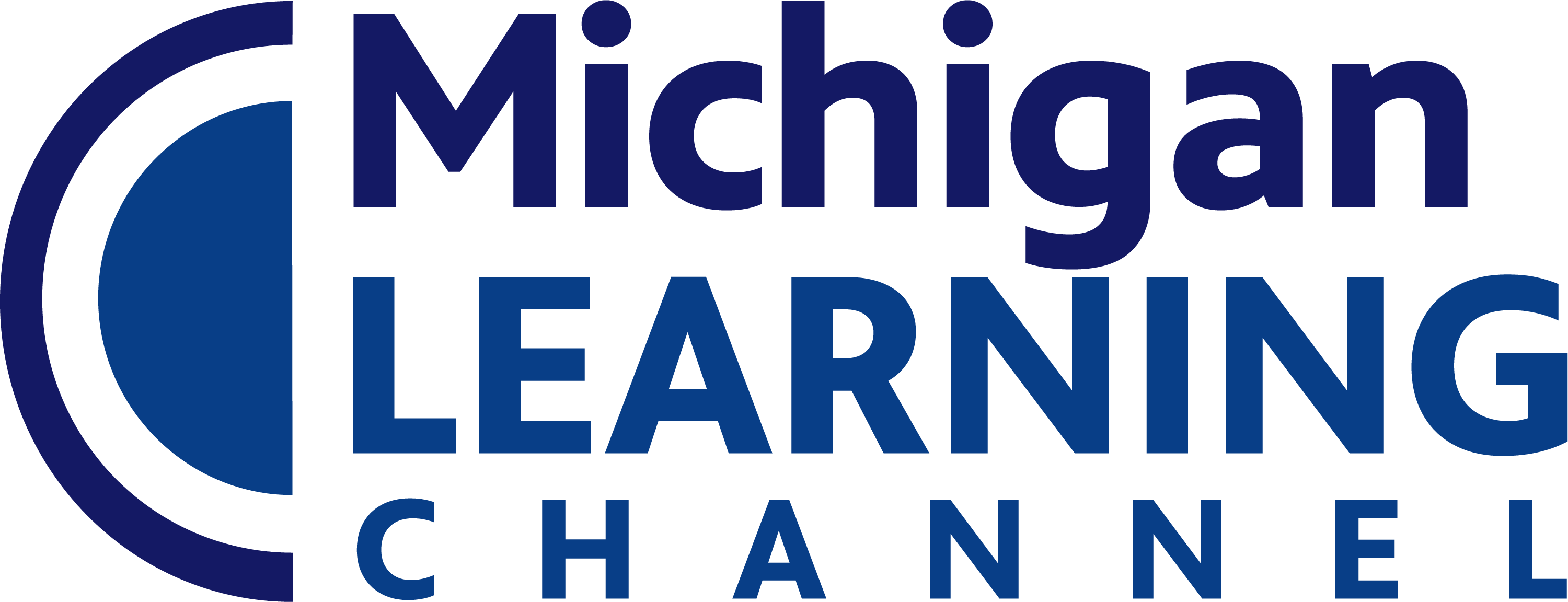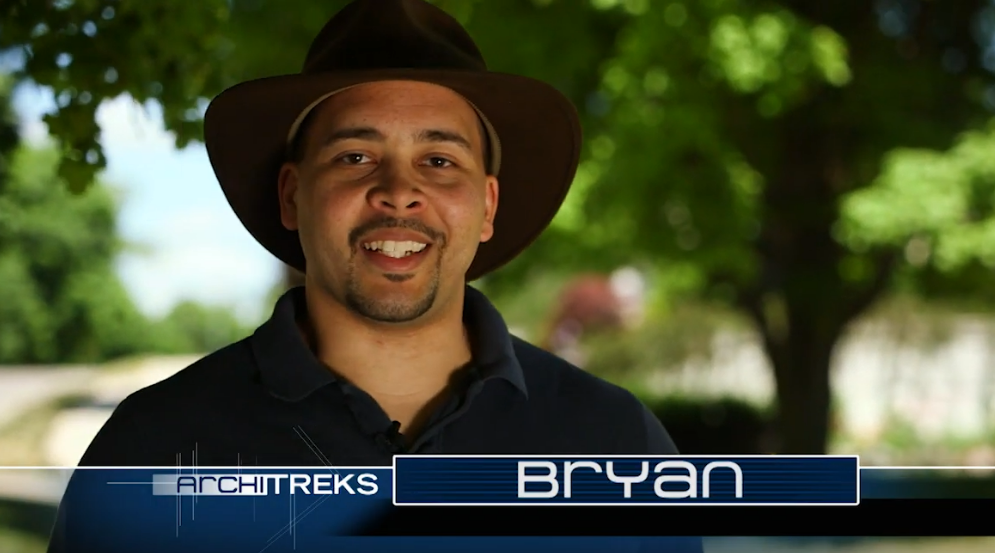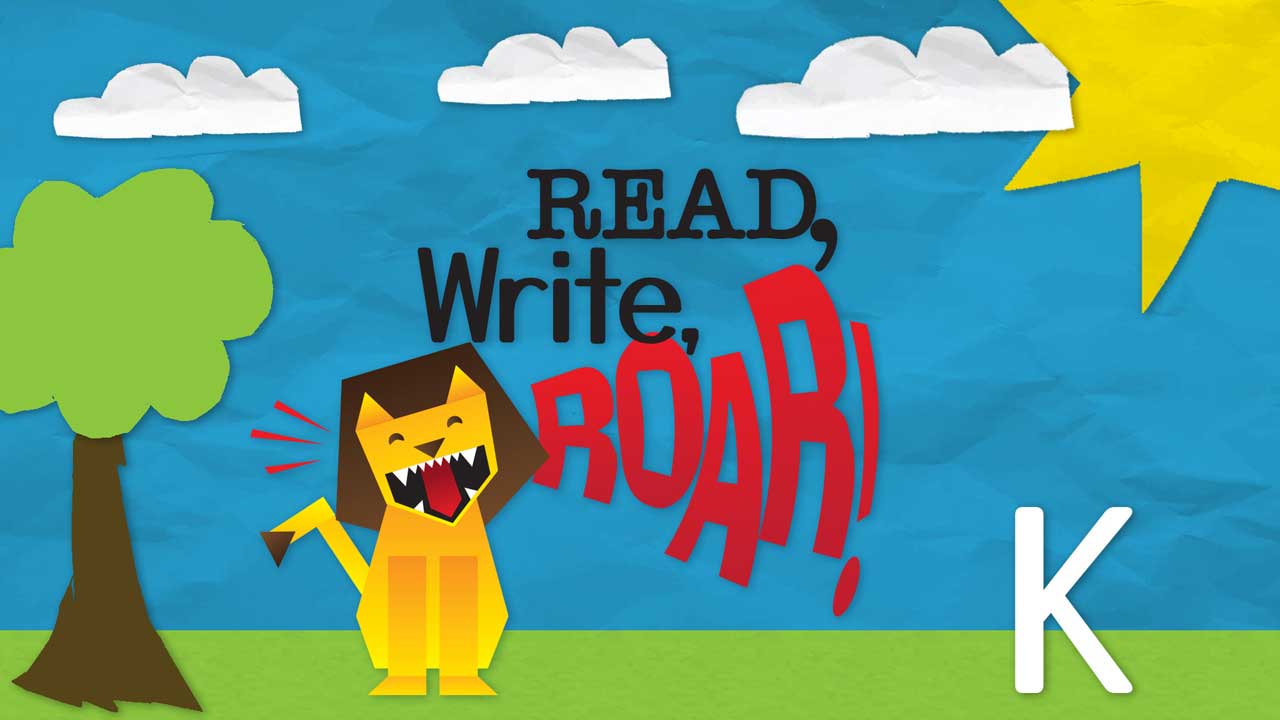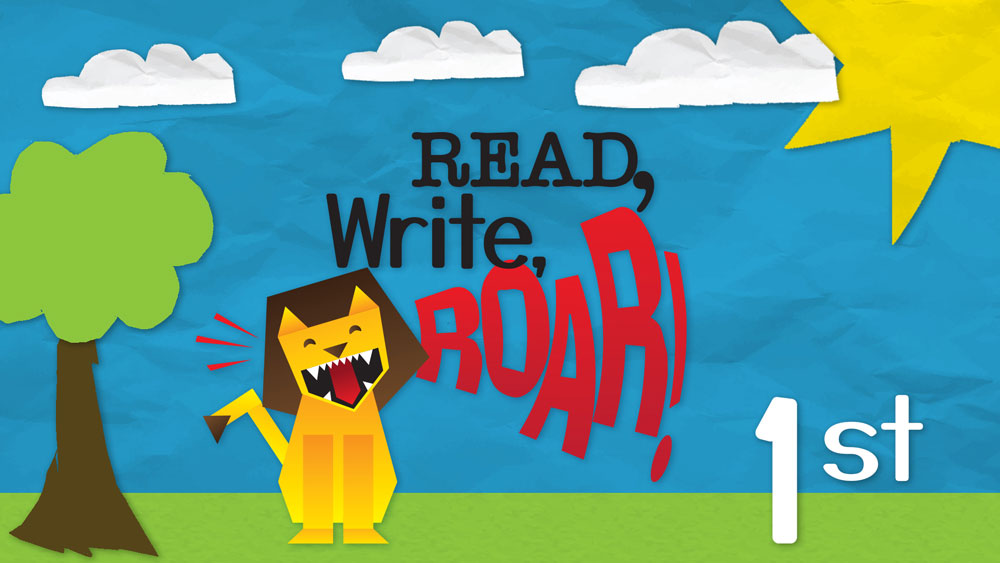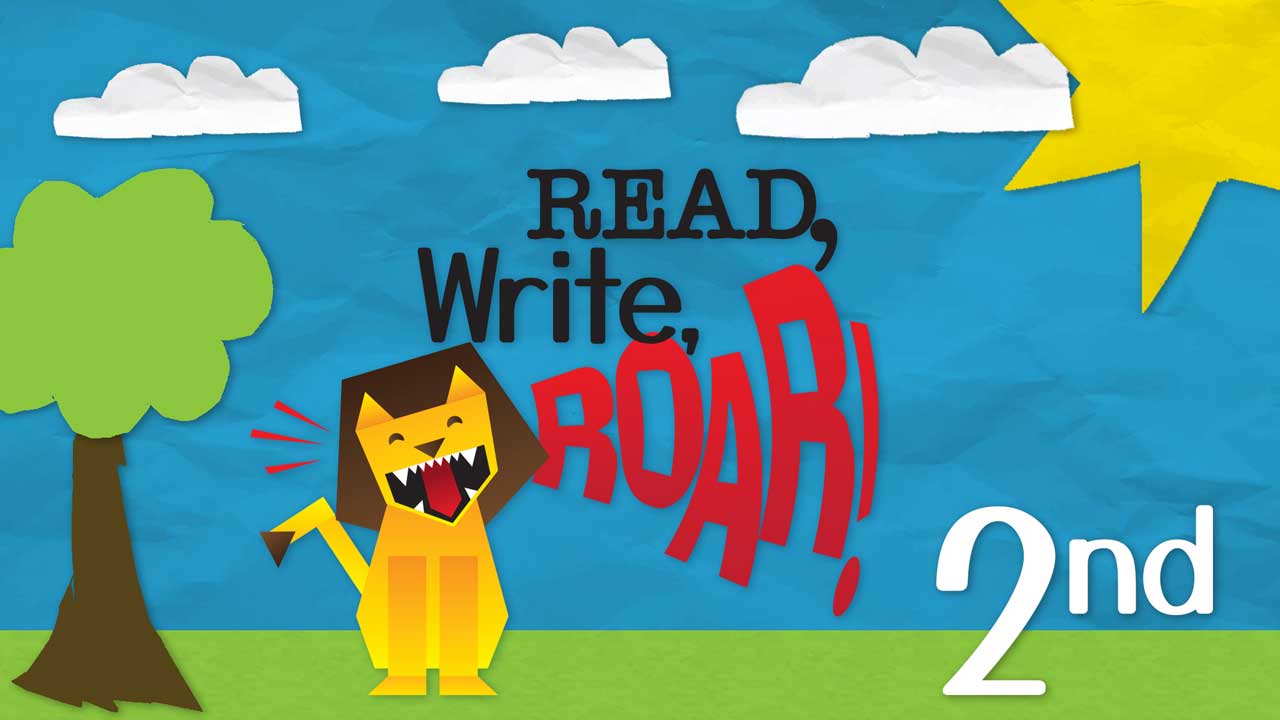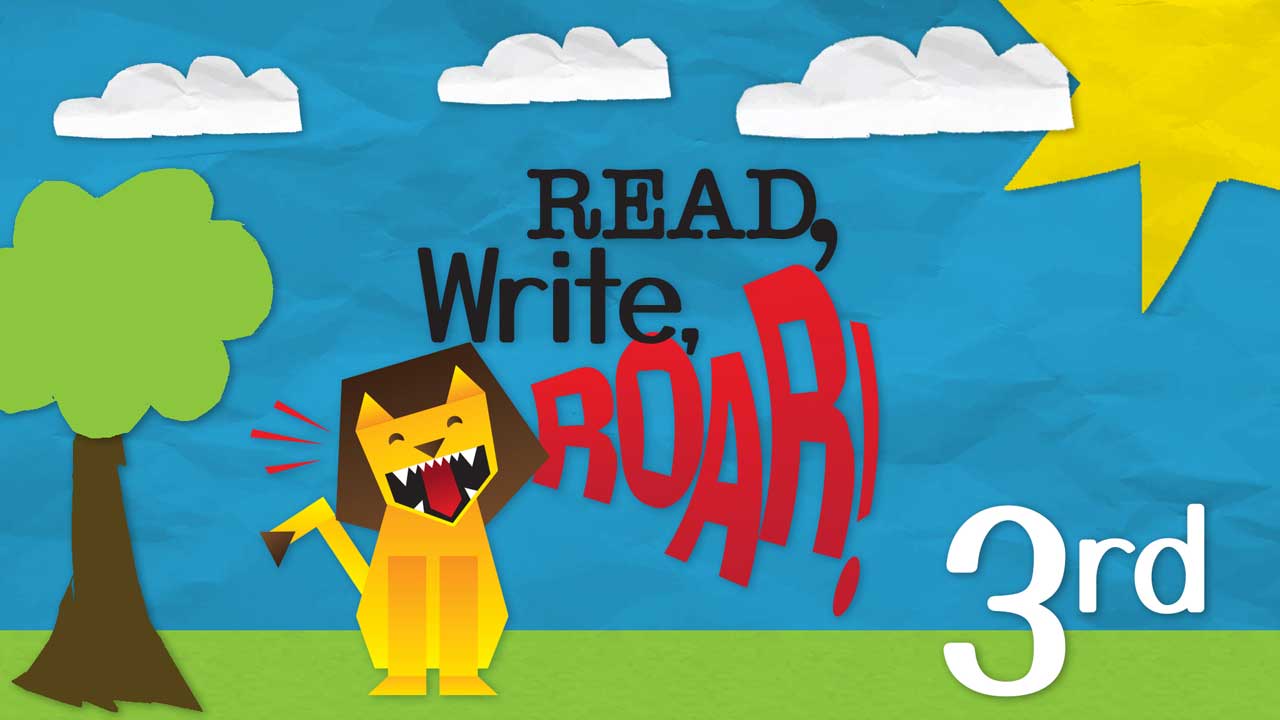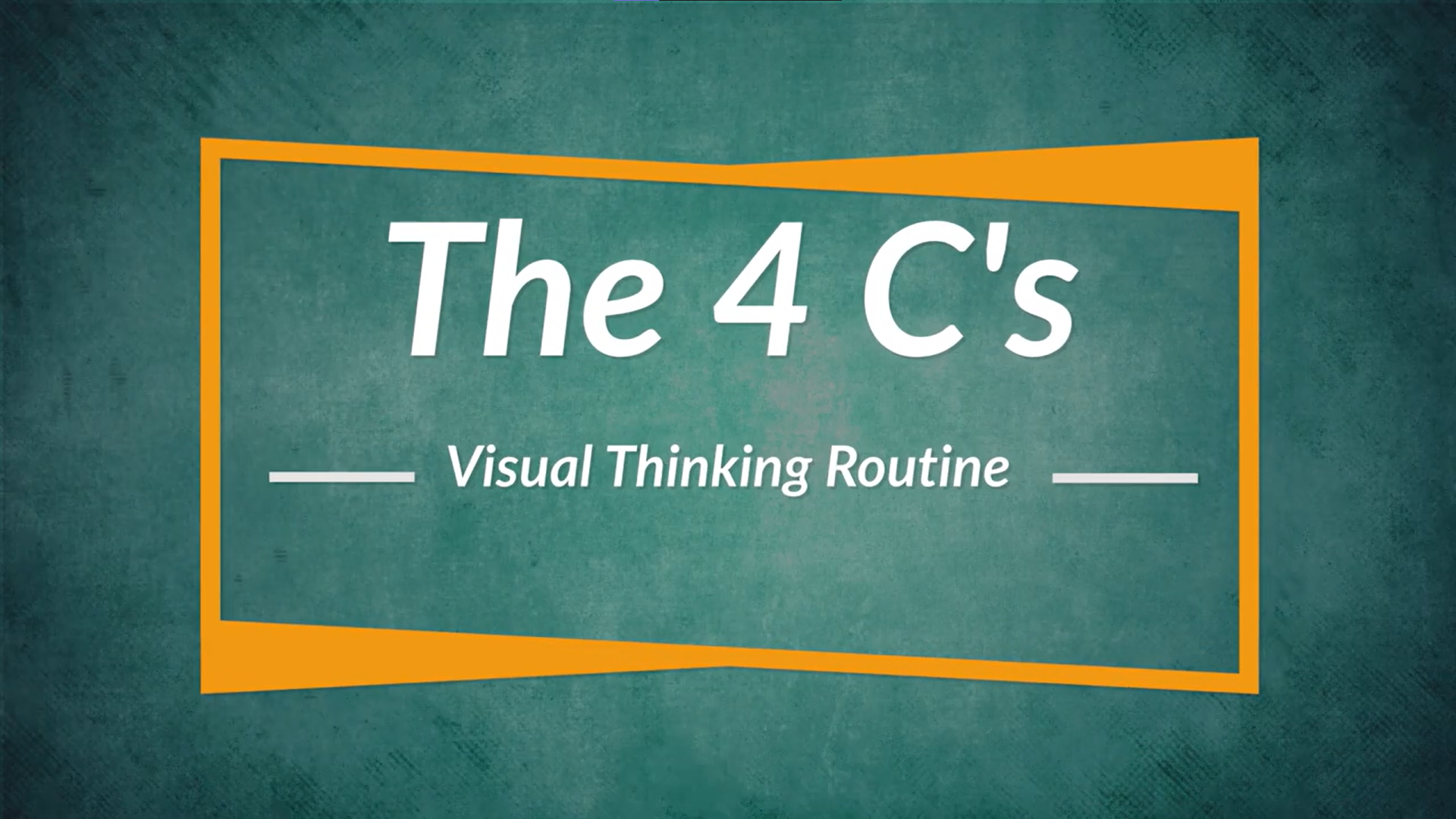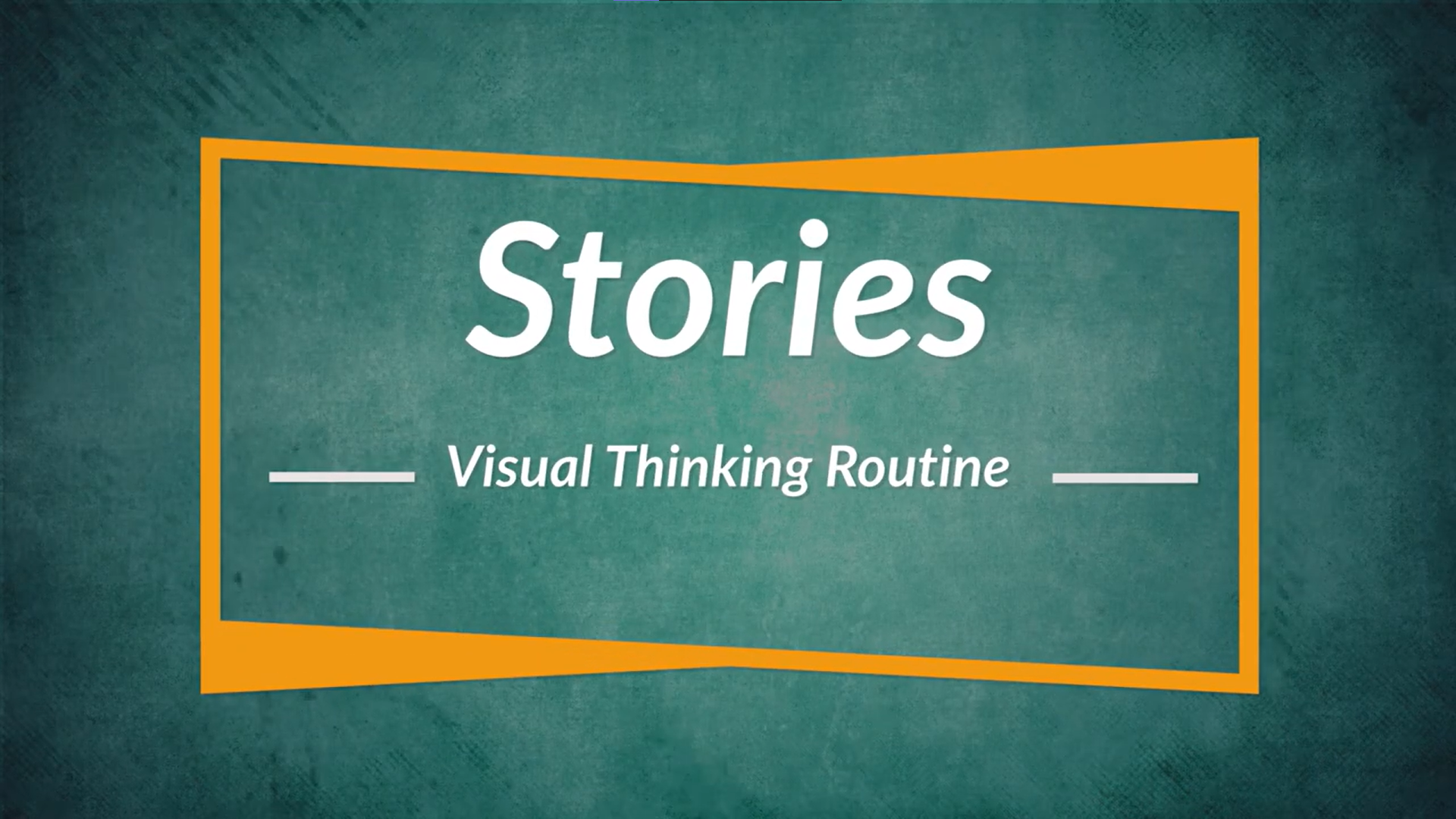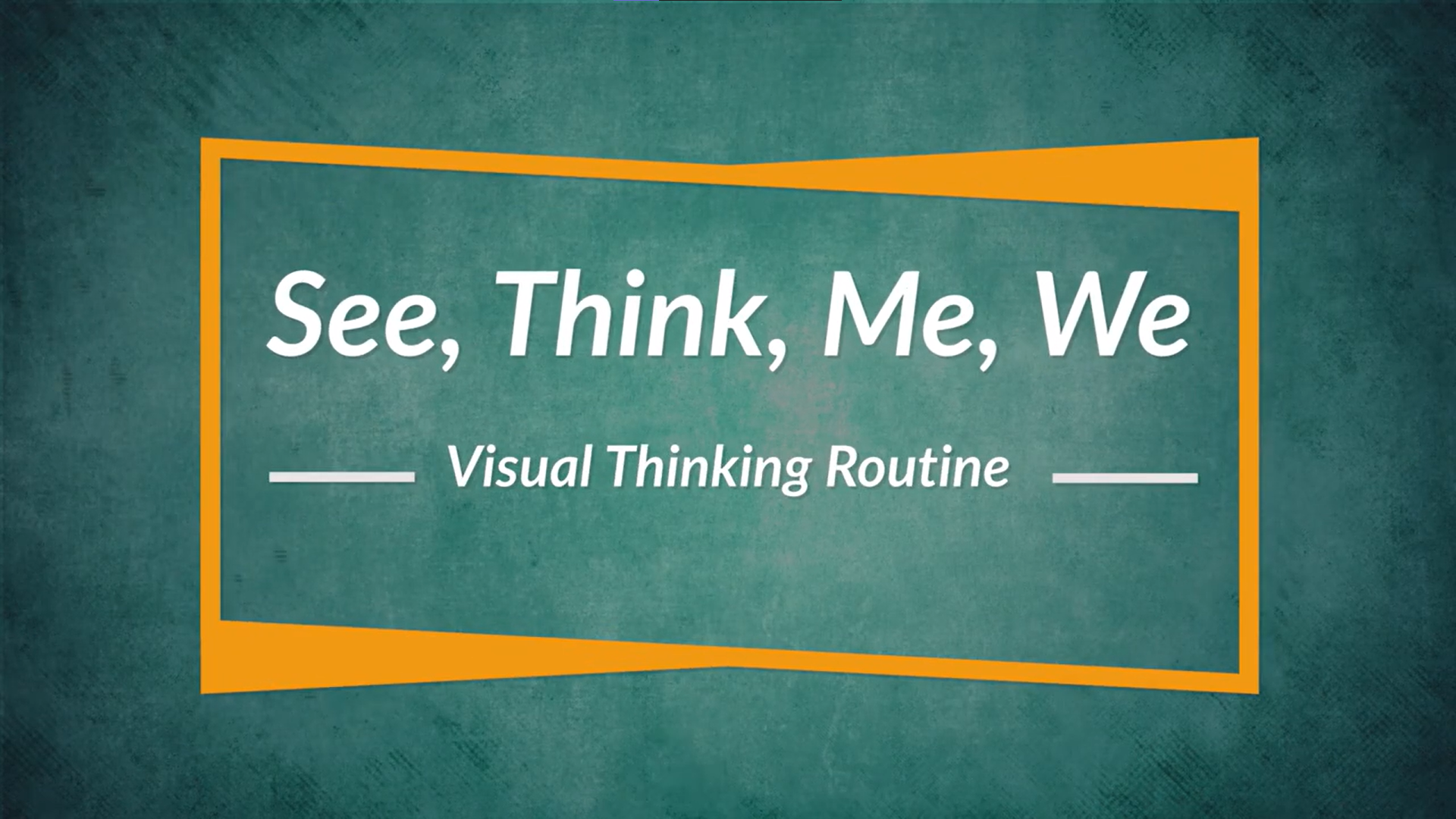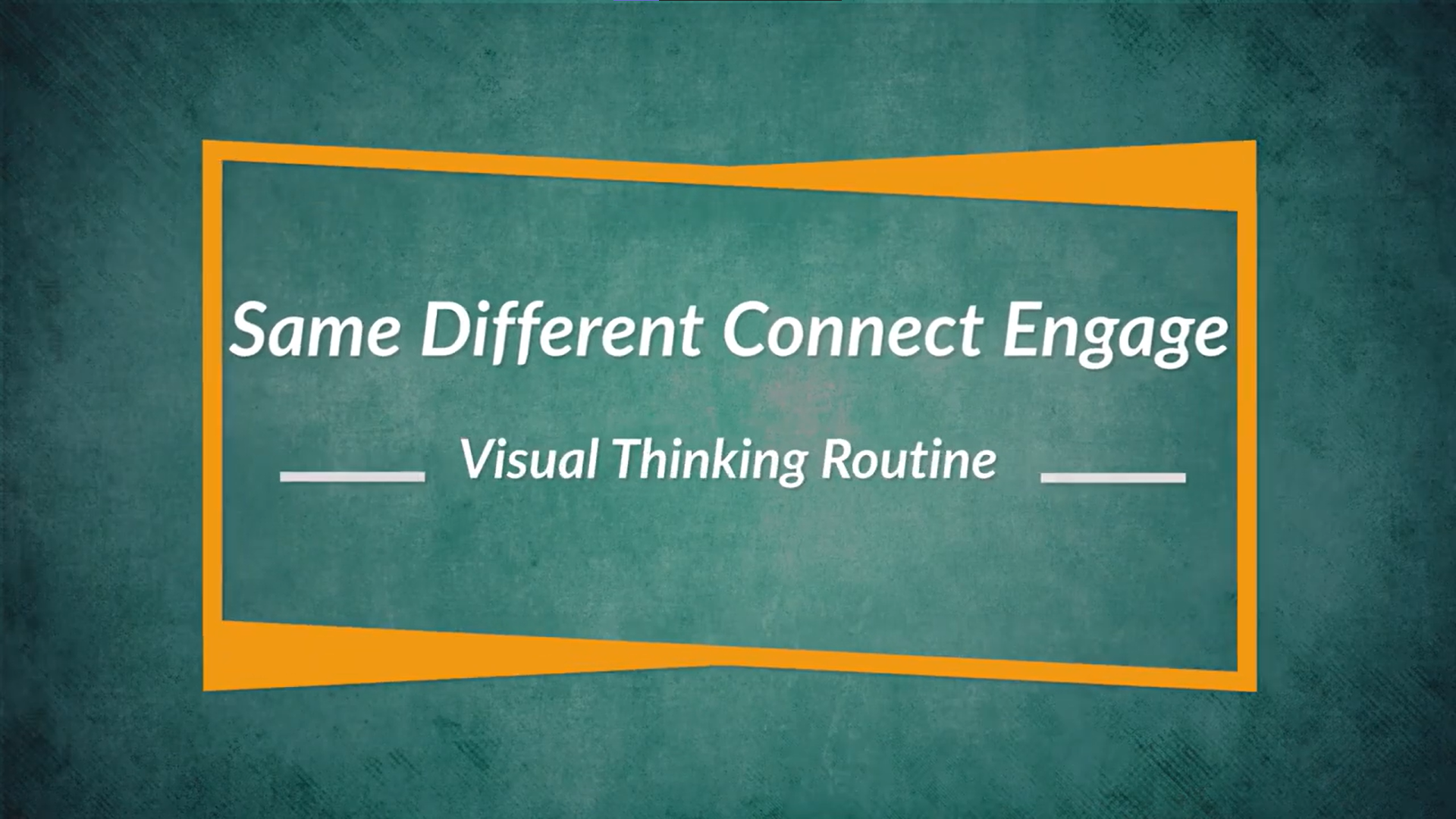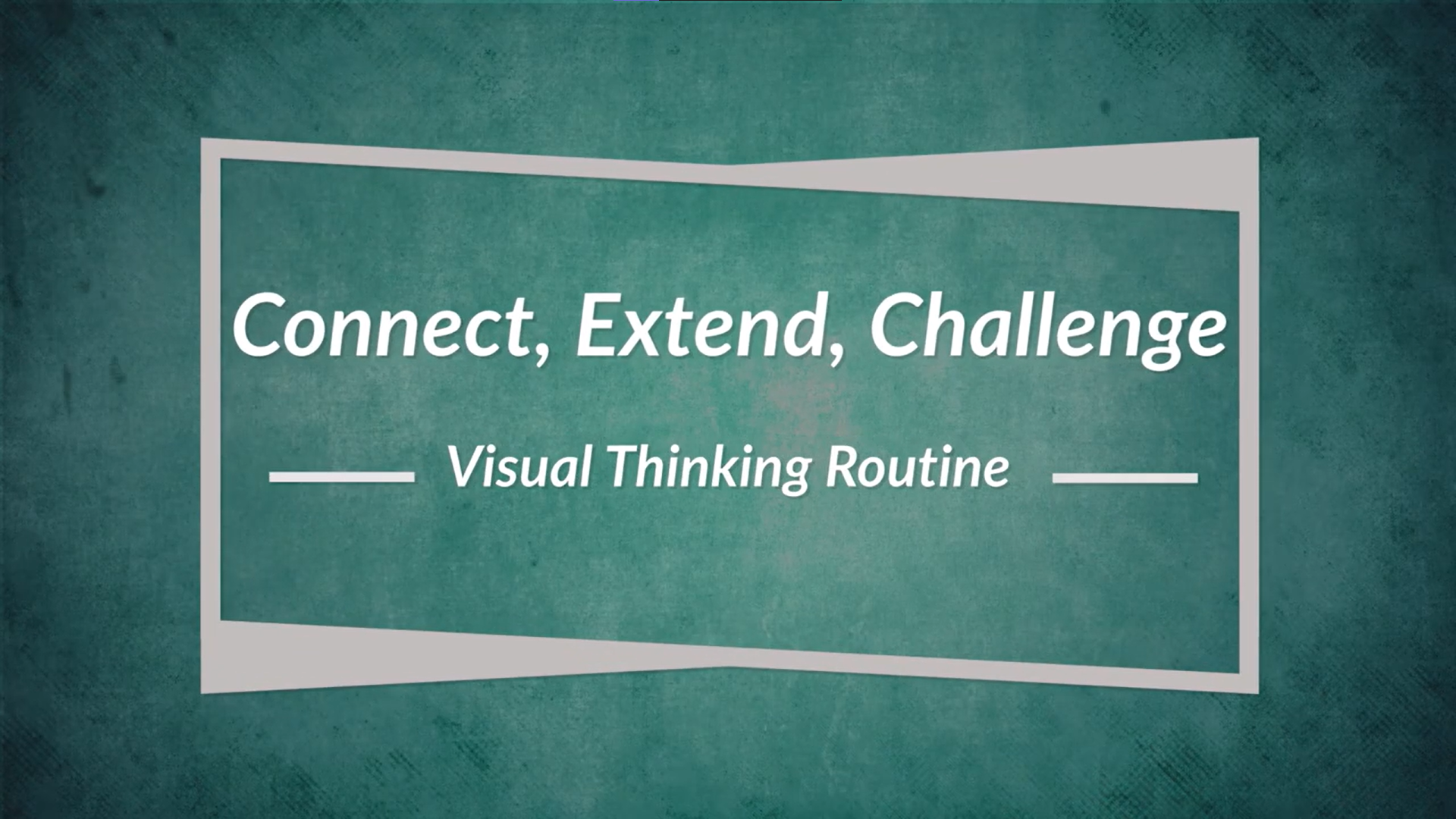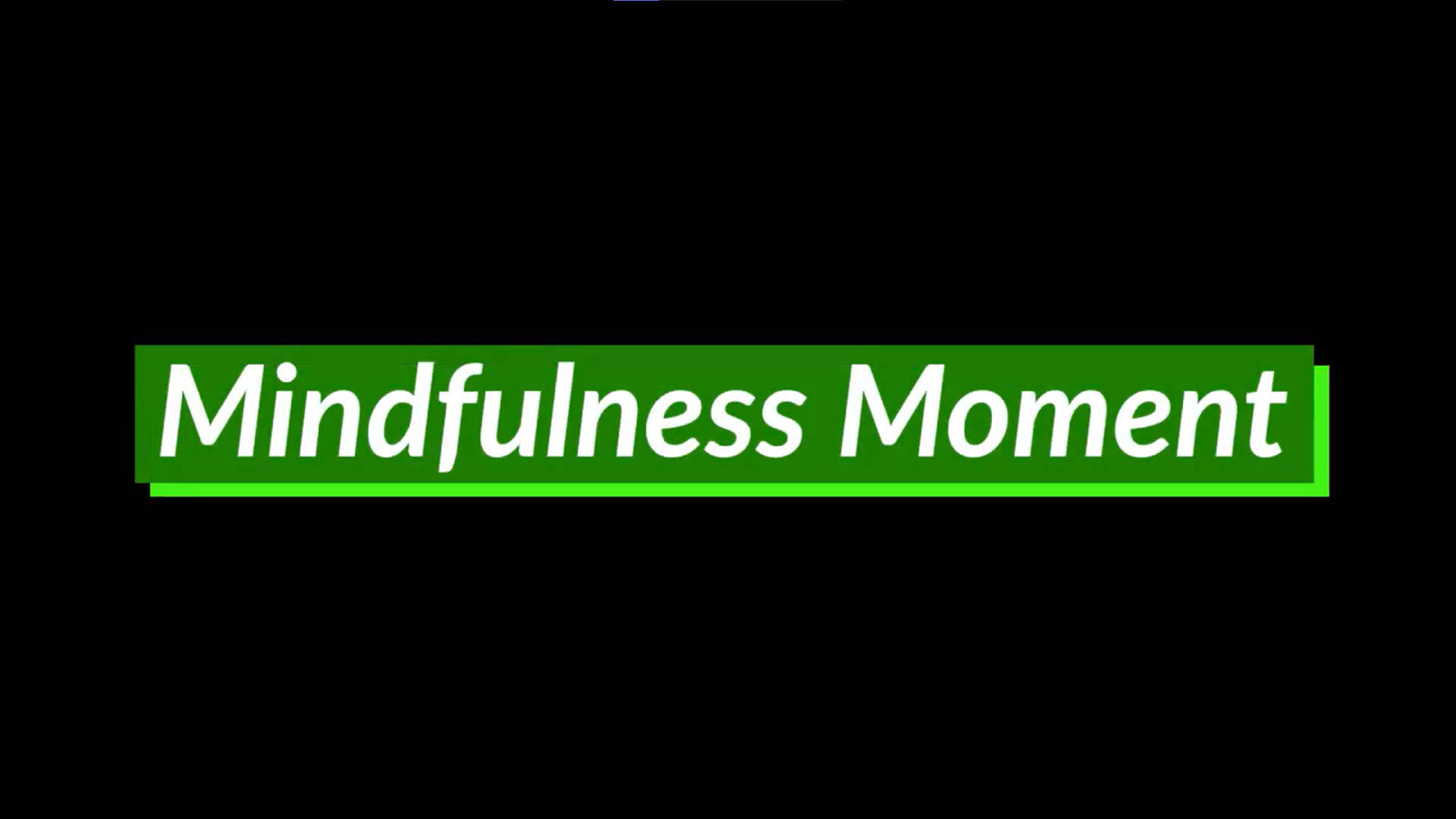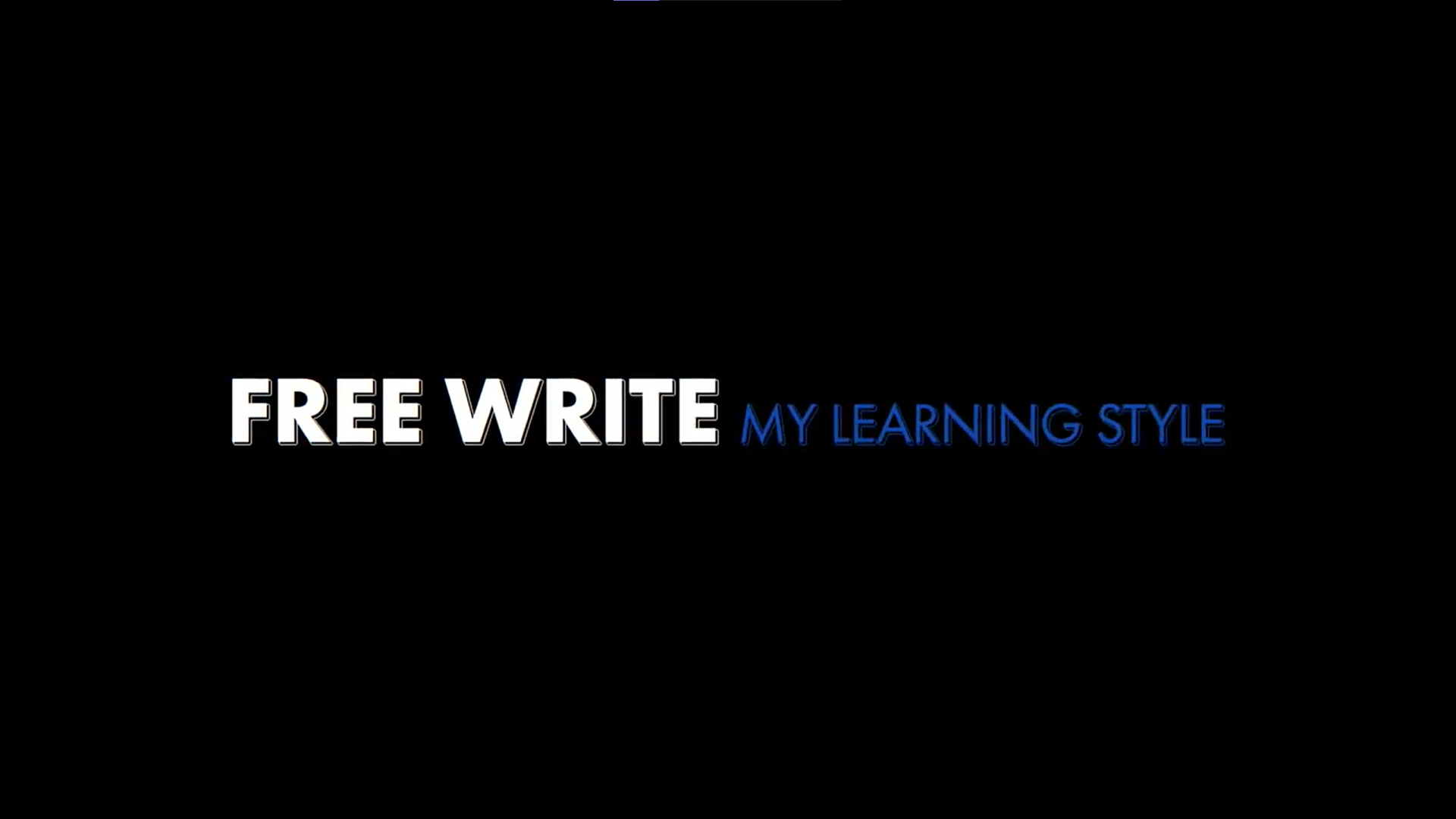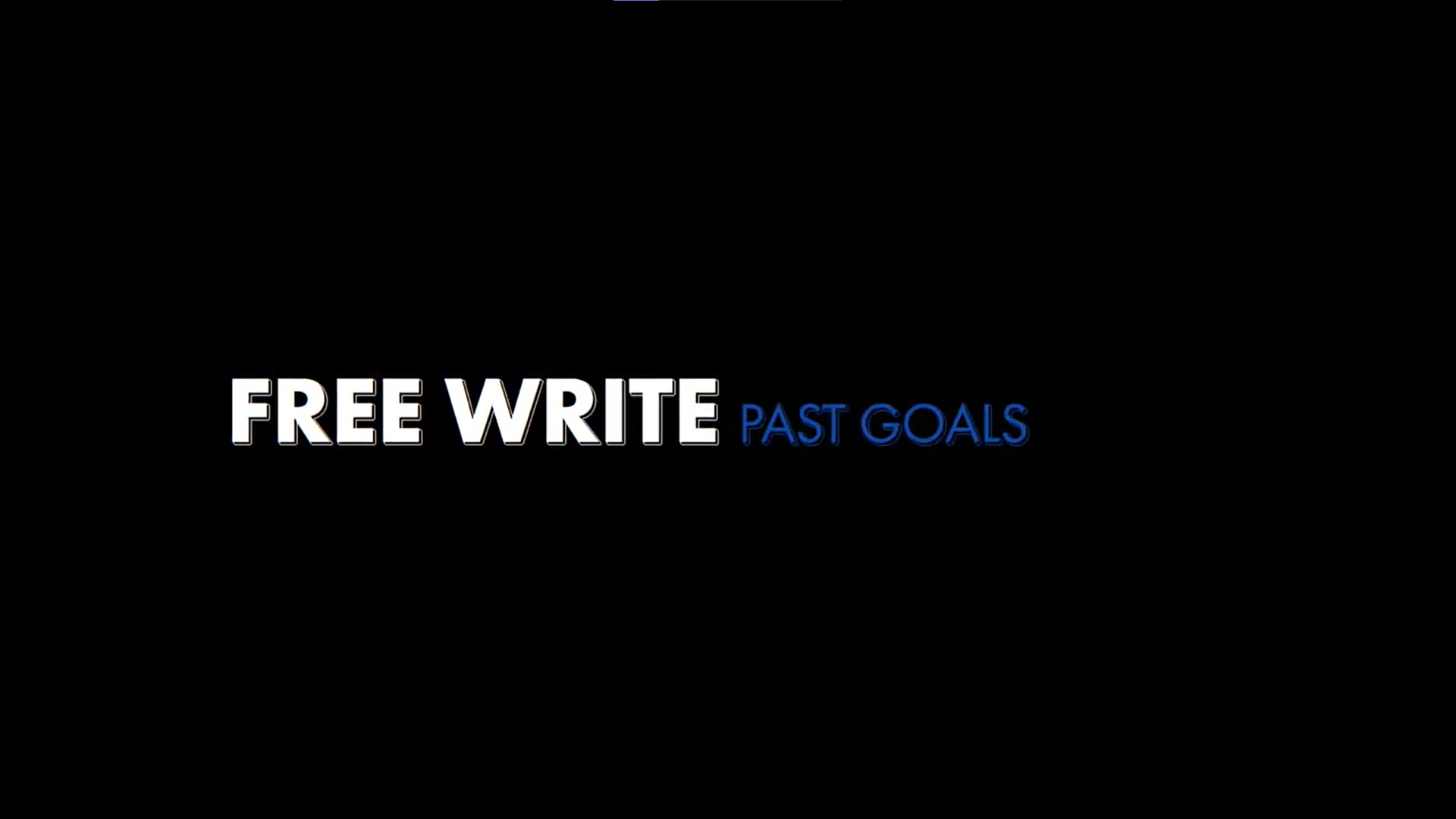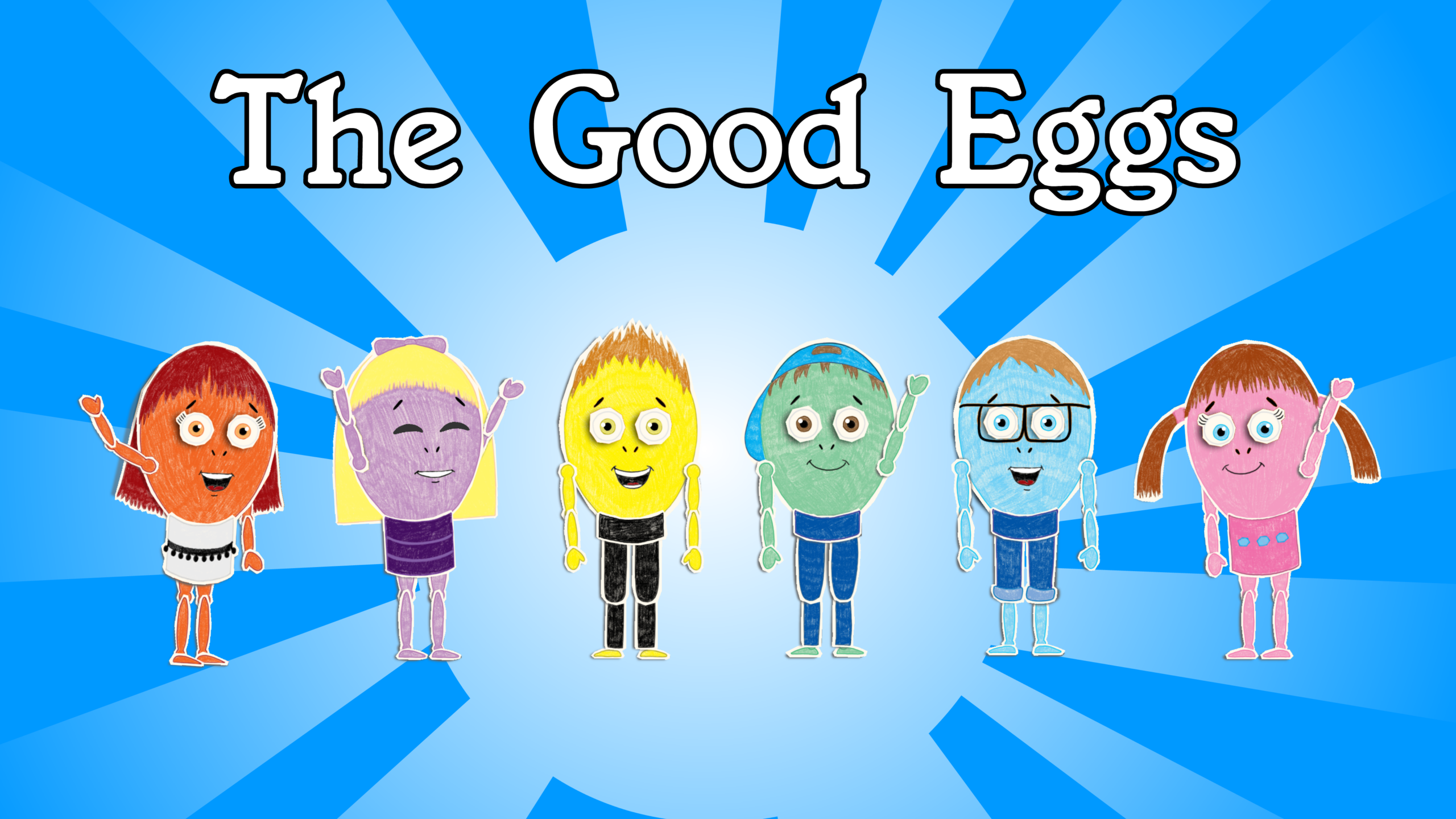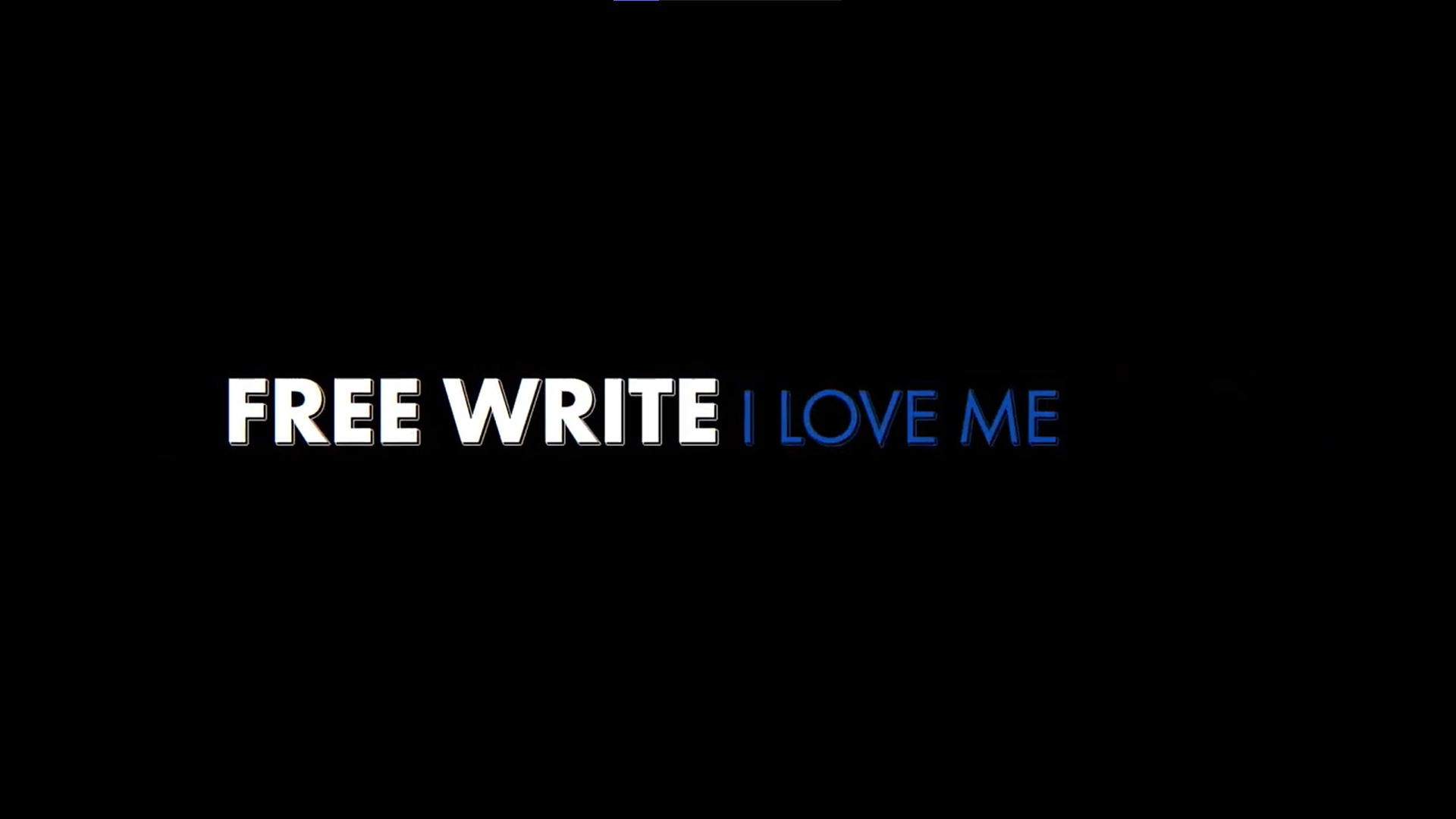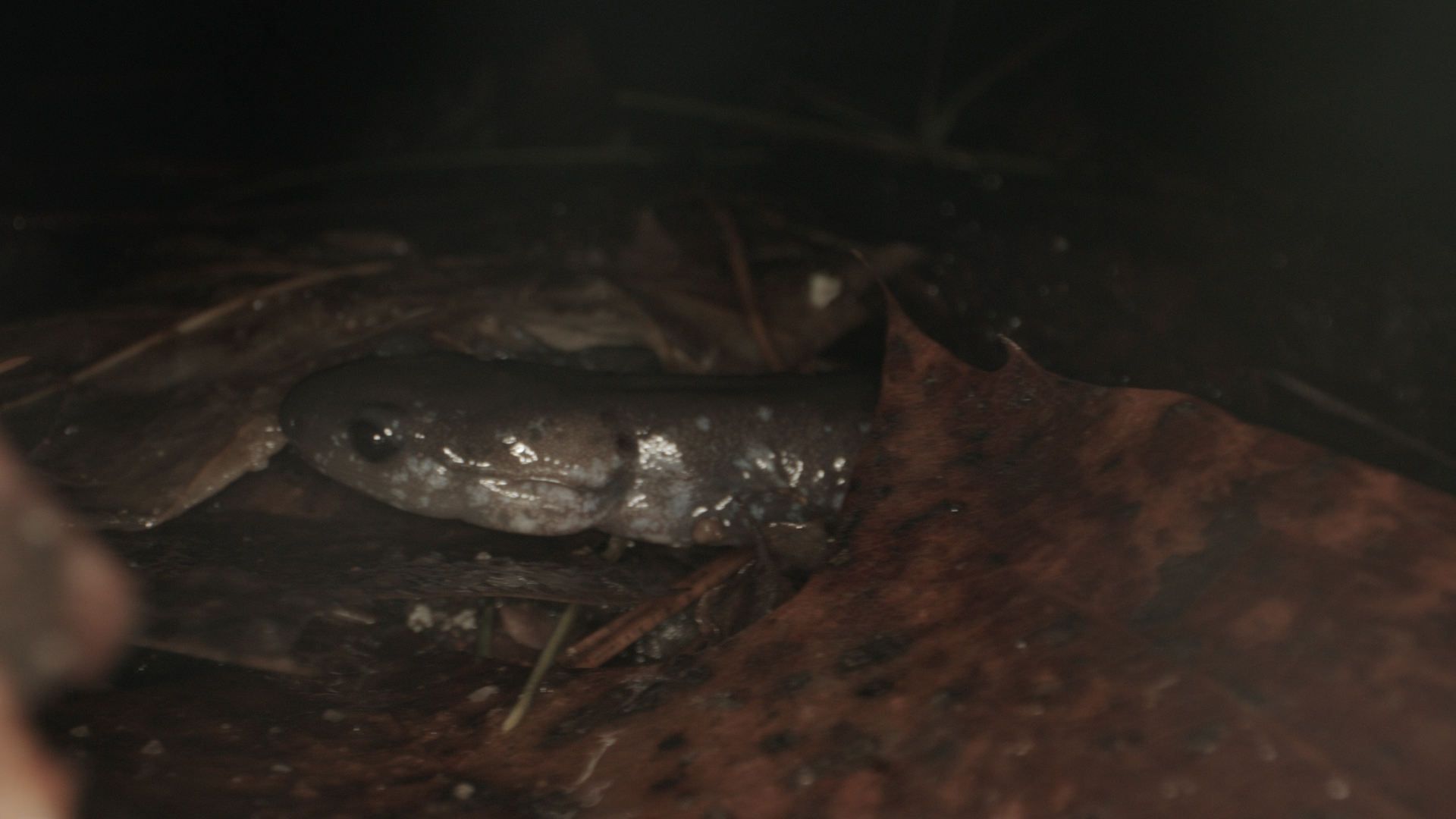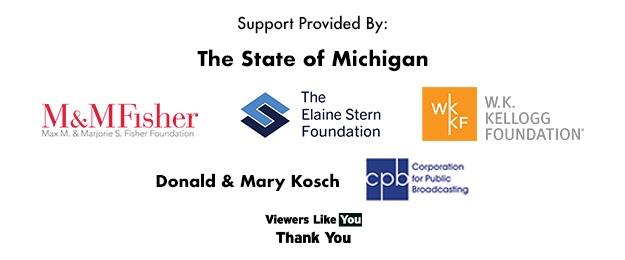Subjects
Grades
Shows
Standards
Lesson 5
Animals are masters of building homes that fit in with the natural environment. We humans can learn a lot from them! Visit a green building in Ann Arbor and look for environmentally friendly features in the buildings you see every day.
Lesson 2208
Explore the phenomenon of coal ash contamination in groundwater and the threat it poses to Lake Michigan and other areas of the Great Lakes waterways.
Lesson 6
Architects Brian and Jess team up with kids to find the "heart of the city," the center that cities grow around. Visit the streets of old Detroit to learn how cities change over time, and use maps and landmarks to find the heart of your city.
Lesson 5
Animals are masters of building homes that fit in with the natural environment. We humans can learn a lot from them! Visit a green building in Ann Arbor and look for environmentally friendly features in the buildings you see every day.
Lesson 101
Learn all about the letter A, have fun with sounds, learn one new high-frequency word, and sing a song.
Lesson 101
Read a book that compares what schools looked like in the past and what schools look like now, then sort sounds in words as we learn the -sh- sound.
Lesson 101
Answer the big questions: What are the parts of a map and how can a map help me describe where I live? Then, work with words that have the -ar- spelling.
Lesson 101
Help answer the question: What is special about Michigan? Then work on compound words and read some facts about Michigan, and RACE to write an informational text.
Lesson 102
Learn all about the letter T, play with sounds, learn two new high-frequency words, and learn a silly song about our names.
Lesson 102
What did schools look like in the past, and what do schools look like now? Plus, try a word ladder to practice -sh- sounds at the beginning and end of words.
Lesson 102
Make your own book about where you live and learn about different ways to spell the sound /or/.
Lesson 102
Learn about compound words, read about Michigan, and write an informational text.
Guide learners through research-based strategies for active processing as they view, read, or experience something new.
Guide learners through research-based strategies for active processing as they view, read, or experience something new.
Guide learners through research-based strategies for active processing as they view, read, or experience something new.
Guide learners through research-based strategies for active processing as they view, read, or experience something new.
Guide learners through research-based strategies for active processing as they view, read, or experience something new.
Take a break from your routine to relax and simply focus on the sounds of your environment.
Take a break from your routine to relax and simply focus on the sounds of your environment.
Take a break from your routine to relax and simply focus on the sounds of your environment.
Take a break from your routine to relax and simply focus on the sounds of your environment.
Take a break from your routine to relax and simply focus on the sounds of your environment.
Describe the type of assignments and projects you like to do. Why do you enjoy them?
Write about a time when you set a goal for yourself. What were the results?
Describe the perfect day for a new student at your school.
Imagine you are appointed principal for a month. What rules would you change? What new policies would you create?
Lesson 103
Learn all about the letter H, play with sounds, learn two new high-frequency words, and read part of a story.
Lesson 103
Learn the diagraph sound -ch- and some new high frequency words with diagraphs -ch- and -sh-.
Lesson 103
Learn about different ways to spell the sound /er/ and answer the big questions: What are the parts of a map and how can a map help me describe where I live?
Lesson 103
What is special about Michigan? Learn about the re- and un- prefixes, read a hybrid text about a Michigan turtle, and work on some informational writing.
Lesson 104
Learn all about the letter I, play with sounds, learn a new high-frequency word, and read a story.
Lesson 2207
This lesson will explore the phenomenon of salamander migration — across a main road — in Presque Isle Park near Lake Superior [...]
Lesson 104
Build words, write a sound poem and learn more about schools of the past and today.
Lesson 104
Draw a map of your neighborhood, then read and match homophones with the /air/ sound.
Lesson 104
Learn more about the prefixes re- and un-, and work on some informational writing.
Lesson 105
Learn all about the letter L, review the alphabet, learn two new high-frequency words, read a book about families and write a sentence.
Lesson 105
Practice the -th- sound and learn about names.
Lesson 105
Learn about your town and about the /ear/ sound.
Lesson 105
Help answer the big question: what makes you a Michigan kid? Learn about the -ful and -less suffixes and practice narrative, writing.
Lesson 106
Learn all about the letter M, learn a new high frequency word, read a poem and listen for rhyming words, and build a sentence.
Lesson 106
Sort words with the -th- sound and solve a word mystery.
Lesson 106
Make maps of your country and your continent and learn about spelling words with the /oy/ sound.
Lesson 106
Learn how base words change when we add a prefix or a suffix, and work on some narrative writing.
Lesson 107
Learn all about the letter P, play with sounds, learn two new high-frequency words, discover letters all around us and read a story.
Lesson 107
Learn about special patterns called blends for -bl-, -cl-, and -fl-. Then review the -sh-, -ch-, and -th- sounds.
Lesson 107
Make a book about the world we live in and learn about words with the /aw/ sound.
Lesson 107
Answer the big question: what is special about my community? Learn about the -able and -er suffixes, read a text about a powwow, and practice narrative writing.
Subjects
Grades
Shows
Lesson 5
Animals are masters of building homes that fit in with the natural environment. We humans can learn a lot from them! Visit a green building in Ann Arbor and look for environmentally friendly features in the buildings you see every day.
Lesson 2208
Explore the phenomenon of coal ash contamination in groundwater and the threat it poses to Lake Michigan and other areas of the Great Lakes waterways.
Lesson 6
Architects Brian and Jess team up with kids to find the "heart of the city," the center that cities grow around. Visit the streets of old Detroit to learn how cities change over time, and use maps and landmarks to find the heart of your city.
Lesson 5
Animals are masters of building homes that fit in with the natural environment. We humans can learn a lot from them! Visit a green building in Ann Arbor and look for environmentally friendly features in the buildings you see every day.
Lesson 101
Learn all about the letter A, have fun with sounds, learn one new high-frequency word, and sing a song.
Lesson 101
Read a book that compares what schools looked like in the past and what schools look like now, then sort sounds in words as we learn the -sh- sound.
Lesson 101
Answer the big questions: What are the parts of a map and how can a map help me describe where I live? Then, work with words that have the -ar- spelling.
Lesson 101
Help answer the question: What is special about Michigan? Then work on compound words and read some facts about Michigan, and RACE to write an informational text.
Lesson 102
Learn all about the letter T, play with sounds, learn two new high-frequency words, and learn a silly song about our names.
Lesson 102
What did schools look like in the past, and what do schools look like now? Plus, try a word ladder to practice -sh- sounds at the beginning and end of words.
Lesson 102
Make your own book about where you live and learn about different ways to spell the sound /or/.
Lesson 102
Learn about compound words, read about Michigan, and write an informational text.
Guide learners through research-based strategies for active processing as they view, read, or experience something new.
Guide learners through research-based strategies for active processing as they view, read, or experience something new.
Guide learners through research-based strategies for active processing as they view, read, or experience something new.
Guide learners through research-based strategies for active processing as they view, read, or experience something new.
Guide learners through research-based strategies for active processing as they view, read, or experience something new.
Take a break from your routine to relax and simply focus on the sounds of your environment.
Take a break from your routine to relax and simply focus on the sounds of your environment.
Take a break from your routine to relax and simply focus on the sounds of your environment.
Take a break from your routine to relax and simply focus on the sounds of your environment.
Take a break from your routine to relax and simply focus on the sounds of your environment.
Describe the type of assignments and projects you like to do. Why do you enjoy them?
Write about a time when you set a goal for yourself. What were the results?
Describe the perfect day for a new student at your school.
Imagine you are appointed principal for a month. What rules would you change? What new policies would you create?
Lesson 103
Learn all about the letter H, play with sounds, learn two new high-frequency words, and read part of a story.
Lesson 103
Learn the diagraph sound -ch- and some new high frequency words with diagraphs -ch- and -sh-.
Lesson 103
Learn about different ways to spell the sound /er/ and answer the big questions: What are the parts of a map and how can a map help me describe where I live?
Lesson 103
What is special about Michigan? Learn about the re- and un- prefixes, read a hybrid text about a Michigan turtle, and work on some informational writing.
Lesson 104
Learn all about the letter I, play with sounds, learn a new high-frequency word, and read a story.
Lesson 2207
This lesson will explore the phenomenon of salamander migration — across a main road — in Presque Isle Park near Lake Superior [...]
Lesson 104
Build words, write a sound poem and learn more about schools of the past and today.
Lesson 104
Draw a map of your neighborhood, then read and match homophones with the /air/ sound.
Lesson 104
Learn more about the prefixes re- and un-, and work on some informational writing.
Lesson 105
Learn all about the letter L, review the alphabet, learn two new high-frequency words, read a book about families and write a sentence.
Lesson 105
Practice the -th- sound and learn about names.
Lesson 105
Learn about your town and about the /ear/ sound.
Lesson 105
Help answer the big question: what makes you a Michigan kid? Learn about the -ful and -less suffixes and practice narrative, writing.
Lesson 106
Learn all about the letter M, learn a new high frequency word, read a poem and listen for rhyming words, and build a sentence.
Lesson 106
Sort words with the -th- sound and solve a word mystery.
Lesson 106
Make maps of your country and your continent and learn about spelling words with the /oy/ sound.
Lesson 106
Learn how base words change when we add a prefix or a suffix, and work on some narrative writing.
Lesson 107
Learn all about the letter P, play with sounds, learn two new high-frequency words, discover letters all around us and read a story.
Lesson 107
Learn about special patterns called blends for -bl-, -cl-, and -fl-. Then review the -sh-, -ch-, and -th- sounds.
Lesson 107
Make a book about the world we live in and learn about words with the /aw/ sound.
Lesson 107
Answer the big question: what is special about my community? Learn about the -able and -er suffixes, read a text about a powwow, and practice narrative writing.
